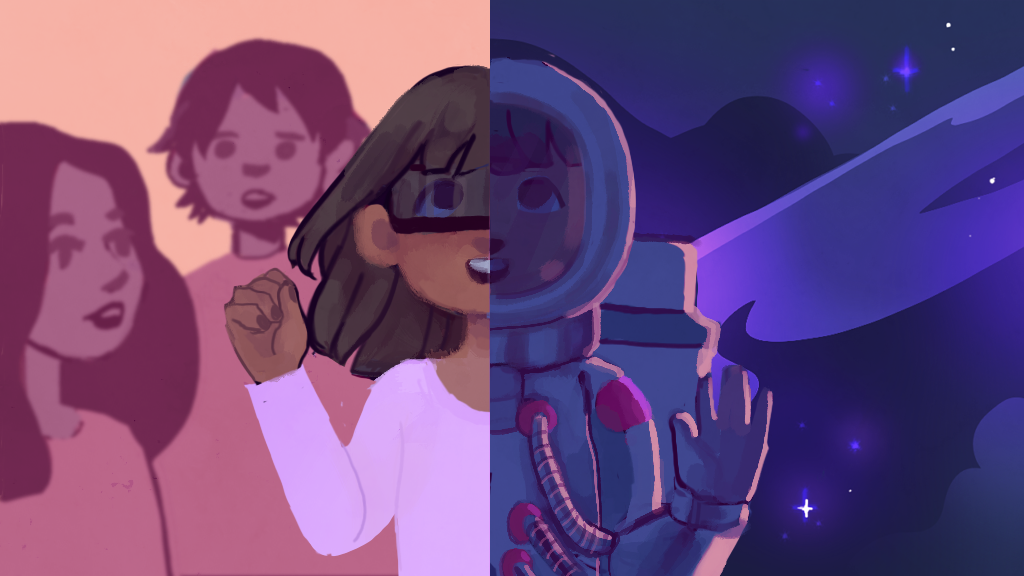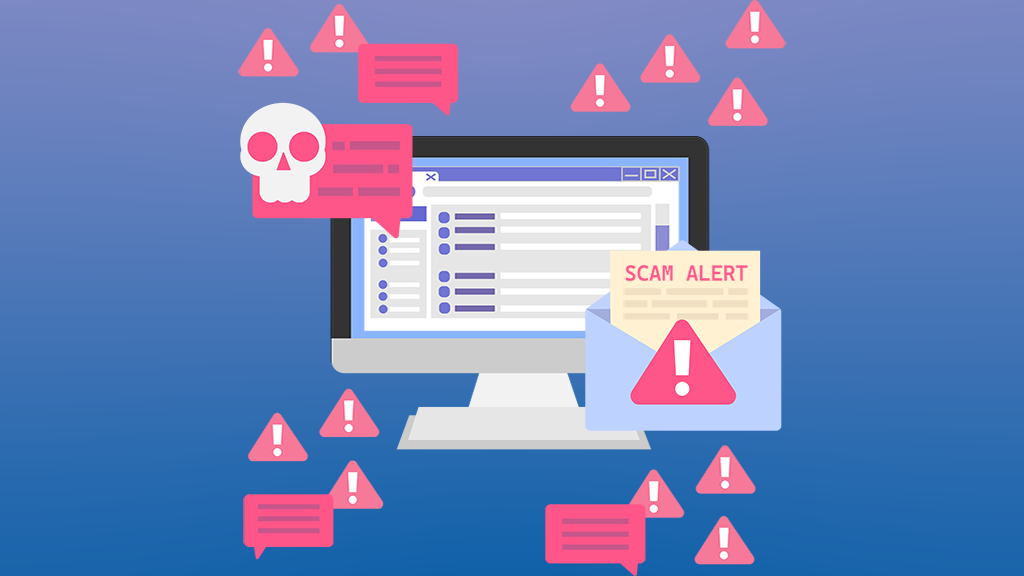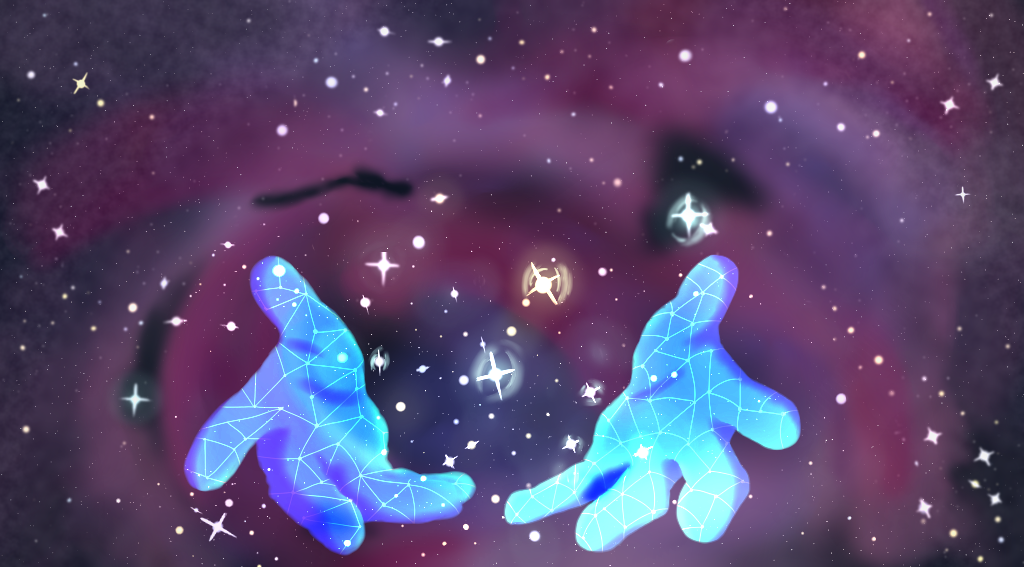Within a cavernous room, white walls frame minimalist, identical cubicles. Seated at each is a human being donning dark glasses and sensor-coated gloves. From outside, it seems as though they are gazing at empty hands, rustling imaginary papers at their desk. Really, they’re hard at work, typing on virtual keyboards and working through files at fully customized workstations only accessible to them through their high-tech VR gear. A near-dystopian vision like this may very well be the mediated reality future that awaits us. And that’s not necessarily a bad thing.
Reality exists “on a continuum,“ said RIT computer science professor Joe Geigel, outstretching his hands. He looked to his left. “On this side you’re in total reality,” then he gestured to his right. “And on this side you’re in total immersion of the virtual space.” The industry-accepted taxonomy categorizes reality as virtual (VR), augmented (AR), modified, mixed or mediated. Redefining our perceived reality this way may, in fact, enhance our understanding of ourselves.
Content Creation
The key with virtual reality, Geigel said, has to do with creating an entirely immersive experience. “You want people to forget that there’s a real world.” Geigel’s teachings have students working in a “mixed reality stage,” as he phrased it. Their most recent production, “Farewell to Dawn: A Mixed-Reality Dance Performance in a Virtual Space” was recently showcased again at Fringe Festival. Both VR and AR tools were utilized in building this overall experience. On the way from the stage to the hands of consumers, there have been more and more devices ready to provide this breadth of experience in the comfort of one’s living room.
“You want people to forget that there’s a real world,” said Geigel.
“We’ve just reached the first stages of commercial viability in that the previous ones either make you too sick or the hardware wasn’t there,” remarked associate professor for the 3D Digital Design department, Shaun Foster. Such progress is most evident when looking back upon earlier, “do-it-yourself” headset options like Google Cardboard. He concluded saying that soon enough, “we’ll be more immersed than we might think.”
Here at RIT, the Center for Media, Arts, Games, Interaction and Creativity (MAGIC) currently houses a VR Lab where students of their own respective academic backgrounds may come together to work on projects — as VR is really a multidisciplinary technological initiative. Director of MAGIC, Andy Phelps, referred to the lab as a “shared play space” of sorts.
“People can start interacting with each other, and tripping over each other and learning things from each other,” he said. “You get this sort of economy of scale because you’ve got different viewpoints in the same space.” The lab is intended to have a larger dedicated space in the upcoming Magic Spell Studios building where students will be able to work together at a “content production level,” Phelps added.
Currently, the lab houses various key pieces of VR tech from Oculus Rift headsets, to Leap Motion and Kinect devices for students to use in their projects and research activities. The fairly recent acquisition of two Microsoft Hololens devices brought RIT into the augmented reality (AR) side of the spectrum.
AR experiences often involve annotating the world around a user, providing “information from the virtual world to guide and interaction in the physical world,” explained Phelps.
In reference to the aforementioned continuum, Geigel referred to AR as having two levels. He said that it goes from simply “superimposing information onto the real world” to actually “putting people in a virtual space.” To him, the question at the heart of the matter is: “how much of the physical do you want them to experience?”
Phelps supported the notion. “The focus is on content,” he added. “How do we make compelling experiences and what does that mean from a production viewpoint?”
Phelps recognizes that in order to achieve this, there are certain design obstacles to overcome. “The technology has gotten out very far ahead of what that means from a content perspective,” he declared warily. Phelps alluded to the disjointed nature much of the content currently being curated. “As you give more and more of that control to the end user, it becomes harder and harder to think about how to tell a narrative, how to create an experience that conveys,” he concluded. “The immersion level is really high, the linear quality of it is kind of broken.”
“The immersion level is really high, the linear quality of it is kind of broken,” said Phelps.
Content Consumption and Curation
There are many uses for a virtual, augmented or mixed reality experience. Phelps explained that there are instances when “where you are is not where you want to be.”
Virtual reality technology has been used therapeutically to treat conditions like post traumatic stress disorder by supplementing memories and “providing visual, auditory, tactile, and olfactory cues that can be customized to a patient’s experiences,” reported PBS in 2015. They also found that the technology even furthered the understanding of sexual offenders by thoroughly analyzing individual’s reactions “physiologically, psychologically, and neurologically at the moment they’re triggered.”
Just as human beings are eager to fall for the drama of a well-made film, they can be equally — if not more — persuaded by the near-all-encompassing VR experience. The immersion also easily creeps into a user’s empathy reservoirs, enhancing the reach consumed content has on the beholder.
VR acts as a tool that can “take you someplace for a specific purpose,” Phelps added. “I think that there are lots of ways to step outside of physical reality using VR that could be educationally useful, [and] useful for entertainment.” TechCrunch reported on the importance of progressive tools like VR headsets in the academic development of rural students. This increase in content accessibility gives people the opportunity to experience that which they otherwise would not have been able to. Essentially bringing the adventure to the eyes and ears of the person, as opposed to paying for their plane ticket somewhere.
Taylor Clow, one of several industrial design students tasked with the challenge of designing VR headsets, has designed a VR headset that can be folded flat, slipped in the mail and sent to prospective students, wherever they may be. Those interested in attending RIT would then follow the instructions and open up the pop-up cardboard headset, slip in the lenses along with their phone and enjoy a VR tour of campus from the comfort of their own home. Projects like this give this technology a unique and practical context.
Self Representation
“I can see people building personal spaces rather than web pages,” Geigel said.
Geigel envisions the potential of virtual spaces being used for personal expression. “I can see people building personal spaces rather than web pages,” he said. Virtual portfolios of all types may become the new normal. The next steps for applications like Instamuseum may allow individuals to create a “digital representation” of themselves, as Geigel phrased it. Instamuseum is an application that takes your Instagram photos and gives them a new digital context — the walls of a professional museum. This displaces and redefines the original content itself. This may become critical to future creatives, not only giving them tools to use in creating digital art like the Google Tilt Brush, but by also giving them a virtual medium to share their art form.
These devices allow users to “experience the world in a different way that will probably accelerate or change the way we even just socially interact,” Foster said.
“Augmented reality and virtual reality are converging fields,” Foster said. He spoke of how these devices allow users to “experience the world in a different way that will probably accelerate or change the way we even just socially interact.” Foster anticipates “a lot of cultural shifts” in the near future. Something as simple as greeting someone and introducing one’s self may be a thing of the past, as recognizing others may become automated and thus instantaneous. “I think we’re going to find out a lot about ourselves,” he concluded, “because we’re collecting and giving off data at an amazing rate.”







